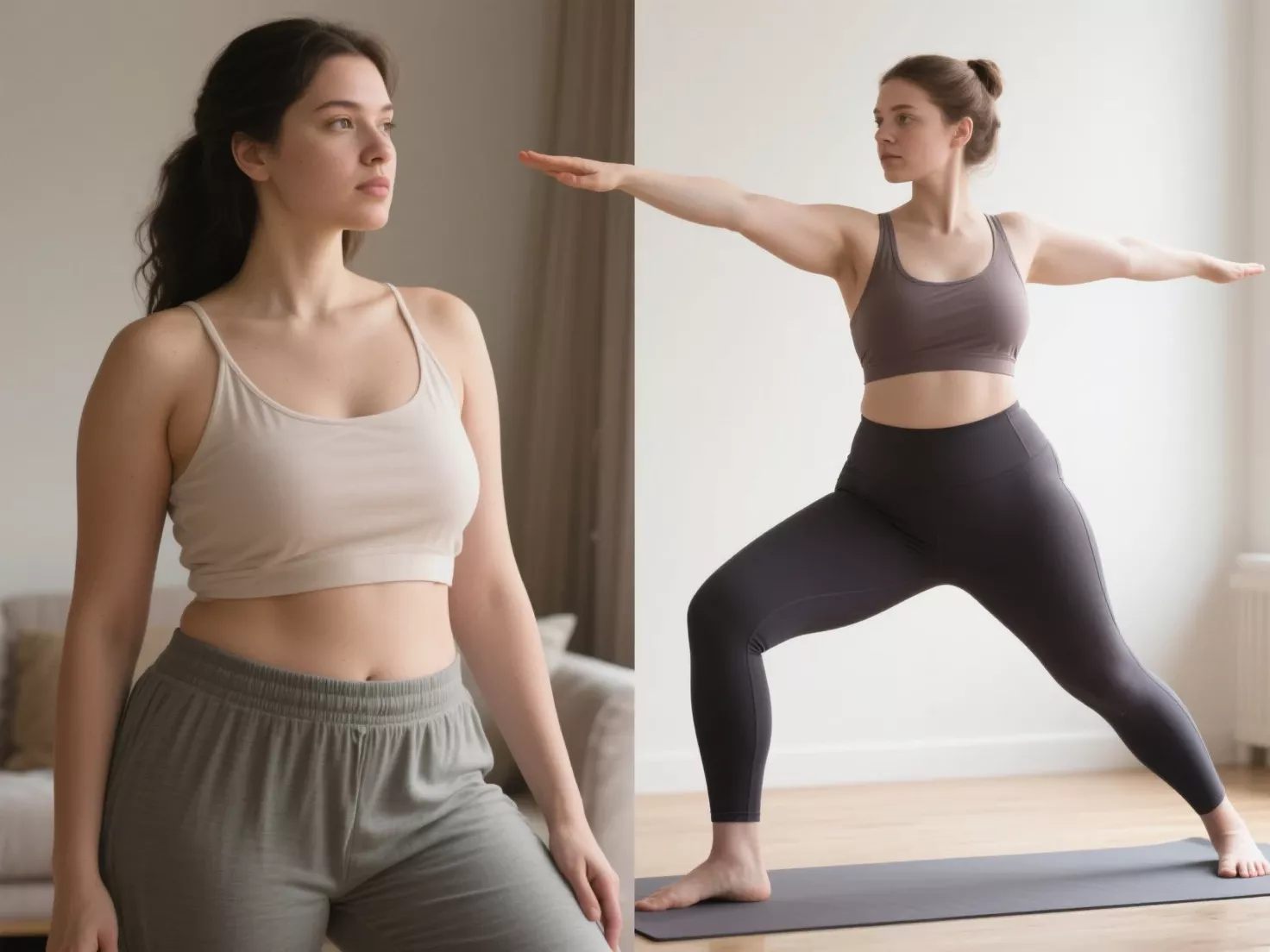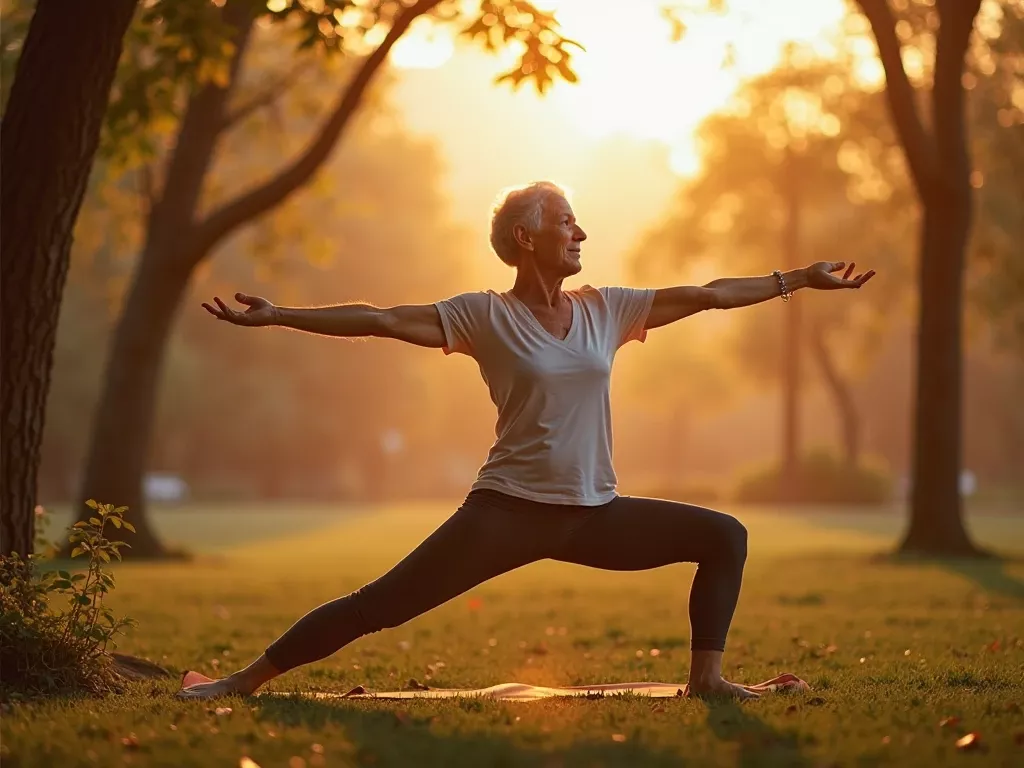Facing Discomfort, Embracing Growth, and Redefining What Healing Looks Like
When most people hear the word “yoga”, images of tranquil studios, calm breathing, and soft stretching usually come to mind.
Yoga is widely marketed as a soothing, relaxing experience meant to melt away stress and bring peace.
And while that version of yoga exists — and has value — it’s only one side of the story.

In reality, yoga can be challenging, emotional, and even downright uncomfortable.
It can stir up buried memories, agitate the nervous system, and confront you with parts of yourself you’d rather ignore.
But here’s the truth: That discomfort isn’t a problem — it’s the point.
Real yoga works precisely because it takes you into the places you’ve been avoiding.
🧠 1. The Psychology of Discomfort: Why Yoga Feels Hard (At First)
When you first step onto the mat, it can feel disorienting.
You’re not just stretching muscles — you’re confronting mental chatter, emotional residue, and years of unconscious patterns.
For some people, just lying in stillness during Savasana brings up anxiety or unexpected sadness.
Why?
Because our modern lives are fast-paced and filled with constant distraction. We’re rarely still. We’re rarely quiet.
We’re conditioned to move away from discomfort — not toward it.
Yoga flips that completely.
In yoga, you’re asked to:
-
Be still.
-
Pay attention.
-
Breathe into what hurts — physically and emotionally.
A 2021 Harvard Health study found that over 40% of new yoga practitioners felt more irritated, frustrated, or emotionally overwhelmed in the first month of practice than they expected.
Many described sensations of being “stuck,” “emotional for no reason,” or “exposed.”
This is because yoga activates your parasympathetic nervous system and brings unconscious stress to the surface.
That process can feel messy. But it’s the beginning of healing.
🧬 2. Breaking the Mind-Body Loop: Pattern Disruption as Healing
Yoga isn’t just a physical practice — it’s a neurological reset. It changes how your mind and body relate to one another.
Consider this:
-
We store trauma, grief, anxiety, and unprocessed emotions in the body.
-
The body holds those memories in areas like the hips, shoulders, and jaw.
-
Yoga asks you to breathe into those exact places.
Holding a long Pigeon Pose may suddenly bring tears. A deep forward fold might bring up resistance or fear.
These aren’t just random reactions. They’re evidence of your nervous system reorganizing itself — and it can feel intense.
But intensity isn’t danger. Intensity is healing in progress.
As author and yoga teacher Judith Hanson Lasater said:
“Yoga is not about touching your toes. It is about what you learn on the way down.”
💬 3. Real Stories: The Unseen Journey of Yogis
Talk to any yoga teacher or long-term practitioner and they’ll likely share stories of early resistance, vulnerability, and even breakdowns — all before breakthroughs.
Here are just a few real reflections from students:
“I cried after class and didn’t know why. I wanted to run from the mat. But I kept going. A few months later, I realized I was finally releasing emotional tension I’d carried for years.”
— Lena, 35, San Diego
“I hated Savasana. It felt like failure to lie still. But once I stopped fighting it, I found a peace I’d never experienced in my life.”
— Jon, 42, Toronto
“Yoga felt more like therapy than fitness. I came for my body. I stayed for my mental health.”
— Meera, 29, Mumbai
These stories show what’s behind the Instagram poses: real people doing real emotional work.
🧘 4. Yoga Is Transformation — and Transformation Isn’t Comfortable
Here’s the deeper truth most people don’t talk about:
Yoga is a spiritual and psychological technology.
It was never designed to be easy. It was designed to:
-
Break your ego.
-
Reveal your unconscious.
-
Teach presence through discomfort.
-
Help you hold emotion without collapse.
Yoga is meant to purify. And purification — by its very nature — is a process of burning away the unnecessary.
So yes, yoga can be uncomfortable:
-
Your muscles will tremble.
-
Your mind will rebel.
-
Your emotions might surge.
But if you stay, if you breathe, if you witness without judgment…
You will discover something deeper than comfort:
Clarity. Compassion. Connection.
✅ 5. Why You Shouldn’t Quit Just Because It Feels Hard
It’s easy to give up when yoga feels too emotional or intense. But that’s like quitting a detox on Day 1 because you got a headache.
The initial struggle is evidence of internal change.
Your body is rewiring.
Your nervous system is recalibrating.
Your soul is becoming lighter.
When you push past the discomfort — when you stay with your breath in difficult moments — you build true strength, the kind that isn’t just physical, but emotional and spiritual.
“The reward of yoga is not just flexibility — it’s emotional freedom.”
🔁 Reframing Yoga: From Escape to Engagement
Yoga doesn’t offer escape. It offers a way through.
Through pain. Through confusion. Through emotional resistance.
And on the other side?
Not the peaceful image — but true inner peace, hard-won and deeply rooted.
So the next time you feel frustrated, overwhelmed, or emotional during practice, remember:
You’re not doing it wrong. You’re doing it right.
That’s where yoga begins.



